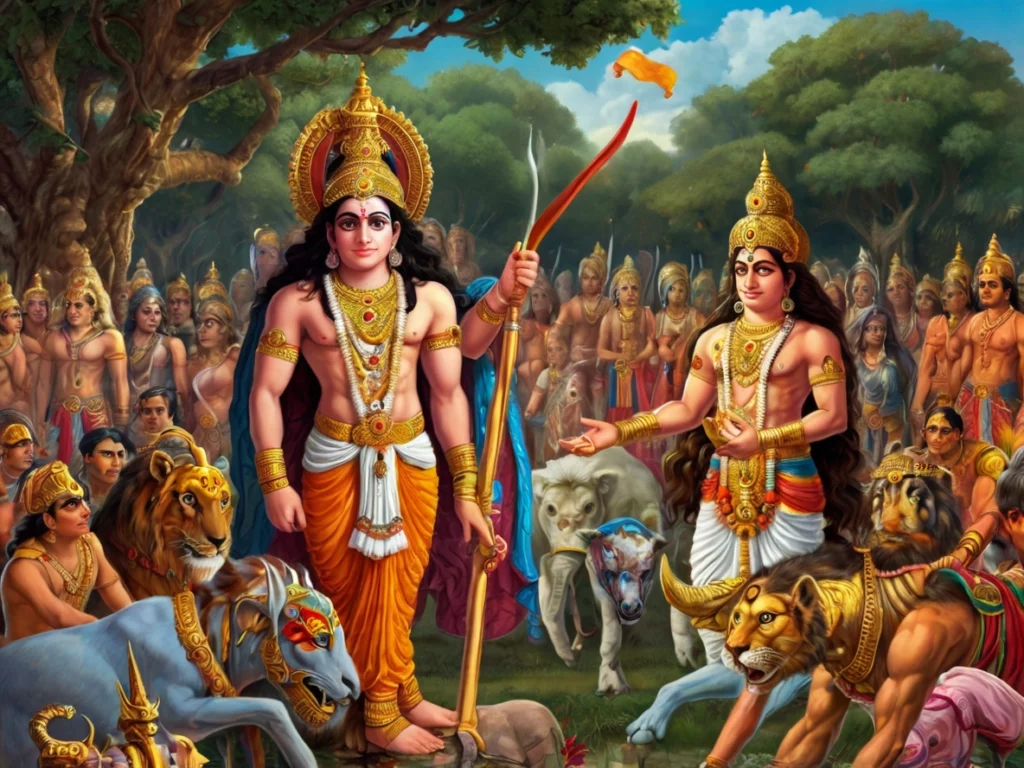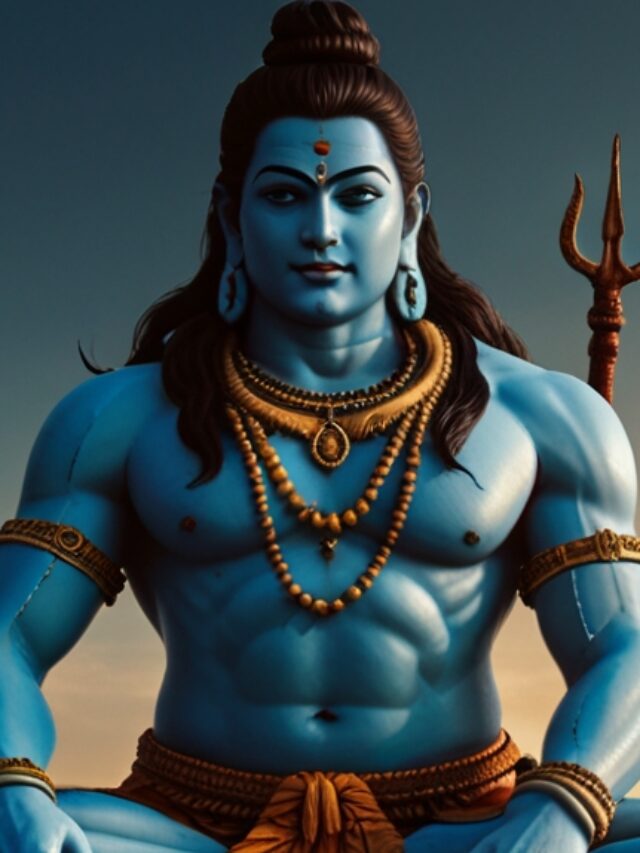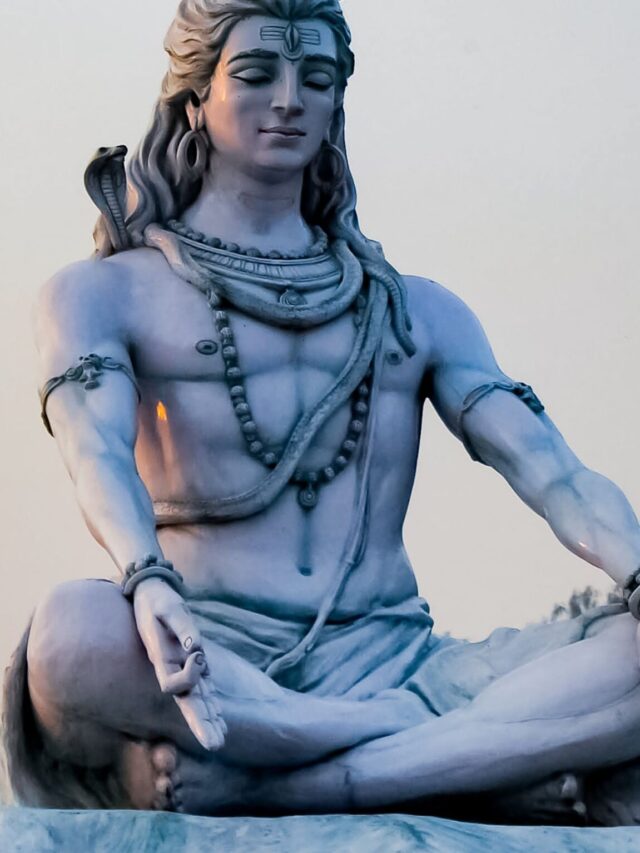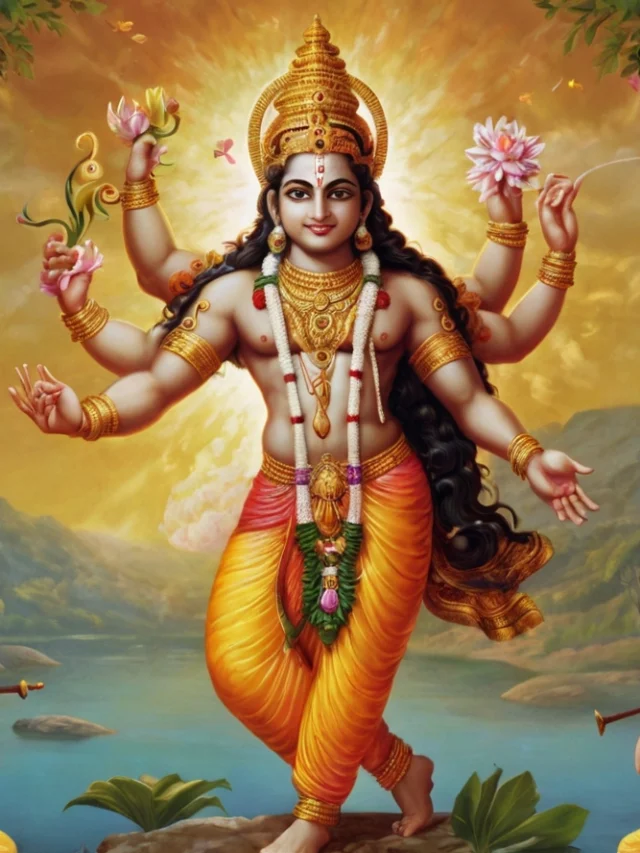The Kurukshetra War: The Epic Battle of the Mahabharata. Explore the Kurukshetra War, the central battle of the Mahabharata, where the forces of dharma and adharma clash. Discover the legendary warriors, strategies, and moral dilemmas that shaped this epic conflict and defined the destiny of ancient India.

Ved Vyasa’s Final Visit to Duryodhana to Make Peace with the Pandavas
Before the onset of the catastrophic Kurukshetra War, several attempts were made by wise and noble figures to broker peace between the Pandavas and the Kauravas. Among these efforts, the final visit of Sage Ved Vyasa to Duryodhana holds particular significance. Vyasa, the revered sage and author of the Mahabharata, was a patriarchal figure in the lineage of both the Pandavas and Kauravas. Recognizing the inevitable destruction that war would bring, Vyasa made one last attempt to counsel Duryodhana and avert the impending conflict.
As the preparations for the great war at Kurukshetra intensified, everyone on both sides was engaged in practicing, gathering weapons, organizing chariots, and assembling their armies. Just before the war was set to begin, Ved Vyasa made one final visit to King Dhritarashtra. He urged the blind king to consider the formidable strength of the Pandavas and to seek peace instead of war. However, Dhritarashtra, feeling powerless to change the course of events, had no choice but to bid farewell to Vyasa with a heavy heart.
Before departing, Vyasa offered Dhritarashtra a Divine Vision, enabling him to witness the unfolding events of the war from his palace. Yet, fearing the sight of his sons’ deaths on the battlefield, Dhritarashtra declined and instead requested that the gift of Divine Vision be granted to Sanjaya, his trusted charioteer.
Vyasa’s Counsel to Duryodhana
Upon arriving in Hastinapura, Vyasa was received with great respect by Dhritarashtra, Gandhari, and Duryodhana. He spoke to Duryodhana in a calm yet authoritative tone, urging him to choose the path of peace. His words were filled with wisdom and compassion:
Appeal to Wisdom and Dharma: Vyasa reminded Duryodhana of the path of dharma (righteousness) and the grave consequences of choosing adharma (unrighteousness). He spoke of the virtues of ruling justly and maintaining harmony among kin. Vyasa emphasized that even if Duryodhana emerged victorious in war, the cost in terms of human life, suffering, and the destruction of dharma would be immense.
Warning of the Consequences: Vyasa also warned Duryodhana of the dire consequences that awaited him if he continued on his chosen path of conflict. He foresaw the great destruction that would engulf the Kauravas, leading to the death of his own brothers, family members, and allies. Vyasa’s words were prophetic, predicting the inevitable downfall of the Kauravas if Duryodhana did not heed the call for peace.
Offering a Last Chance for Reconciliation: The sage appealed to Duryodhana’s sense of duty to his ancestors and to his lineage. He urged him to reconsider his decision and make peace with the Pandavas by giving them their rightful share of the kingdom. Vyasa even offered to mediate between the two sides to ensure a just and amicable resolution.

Kurukshetra War
The Kurukshetra War, a central event in the Indian epic Mahabharata, began on the field of Kurukshetra between the Pandavas and the Kauravas. On the first day, both sides were filled with anticipation and determination, with their armies ready for battle. The day was marked by several important events that set the tone for the fierce fighting that was to follow.
Formation of Armies
On Day 1, both sides deployed their forces in impressive battle formations. The Kauravas, led by their commander-in-chief Bhishma Pitamah, formed their troops in a Makara (crocodile) formation. The Pandavas, under the command of Dhrishtadyumna, formed their forces in a Vajra (diamond) formation. The formations were carefully chosen to counteract each other, reflecting the strategic brilliance on both sides.
Key Events
Bhishma’s Leadership and Initial Attack: Bhishma, the Kaurava commander, launched a fierce attack on the Pandava forces, causing considerable damage. His presence on the battlefield was a significant morale booster for the Kauravas, and his skills and experience were evident as he cut through the Pandava ranks with his arrows.
Arjuna’s Role and Counterattack: Arjuna, the greatest warrior of the Pandavas, quickly moved to counter Bhishma. With his charioteer Krishna guiding him, Arjuna fought valiantly against the Kaurava forces. He engaged in a fierce duel with Bhishma, but out of respect for his grandsire, Arjuna was somewhat restrained, avoiding direct confrontation with Bhishma for a prolonged period.
Other Notable Battles:
- Duryodhana vs. Bhima: The two rivals faced each other in a fierce fight. Duryodhana was confident but Bhima’s strength was unmatched. The duel was intense, though inconclusive.
- Drupada and Virata vs. Bhishma: The kings of Panchala and Matsya, Drupada, and Virata, fought bravely against Bhishma, but they were unable to make any significant impact against his experience and skill.
Krishna’s Strategy: Krishna, serving as Arjuna’s charioteer, played a vital role in directing the Pandava forces and making strategic decisions. While he did not engage in combat directly, his guidance helped the Pandavas maintain their composure against Bhishma’s aggressive attacks.
Rules of the Kurukshetra War
The Kurukshetra War, the epic conflict between the Pandavas and the Kauravas described in the Mahabharata, was governed by a set of ethical rules and codes of conduct known as the “Dharma Yuddha” or the “rules of righteous warfare.” These rules were established to maintain a sense of fairness and honor in the midst of battle, reflecting the values of ancient Indian society and the warrior code (Kshatriya Dharma).
Key Rules of the Kurukshetra War
No Fighting After Sunset: The battle could only be fought from sunrise to sunset. When the conch shells were blown to signal the end of the day, all fighting was to cease immediately. Warriors were expected to return to their camps and rest, regardless of the situation on the battlefield.
Equal Combat: Warriors were expected to fight only against others of similar rank, skill, and strength. For example, archers would engage with archers, charioteers with charioteers, cavalry with cavalry, and infantry with infantry. This rule was intended to prevent unfair advantages and ensure that the battle was honorable.
No Attacks on Non-Combatants: Those who were unarmed, not ready for combat, or those who surrendered were not to be attacked. This included non-combatants such as medics, charioteers, and soldiers who were wounded or had lost their weapons. Additionally, it was forbidden to attack those who had turned away, were retreating, or were otherwise not engaged in fighting.
No Attacks from Behind: It was strictly forbidden to attack a warrior from behind. The enemy had to be facing the attacker, and attacks were to be conducted in a manner that was open and honorable. Deception and surprise attacks were considered violations of the code of conduct.
Protection of Civilians and Sacred Spaces: Civilians, including women, children, and the elderly, were not to be harmed. Additionally, sacred places such as temples, ashrams, and areas dedicated to religious purposes were to be respected and kept safe from the destruction of war.
No Use of Poison or Deceptive Weapons: Weapons laced with poison or any other form of deceitful weaponry were strictly prohibited. The use of unfair means, such as setting traps or using magical spells intended to harm the enemy without direct confrontation, was against the rules of war.
No Killing of an Unconscious or Asleep Warrior: A warrior who had fainted, lost consciousness, or was sleeping could not be attacked. The concept of a fair fight was integral to the warrior’s code, and attacking an unaware or defenseless warrior was considered an act of cowardice.
No Killing of Charioteers, Weaponless Warriors, or Those Who Yield: Charioteers, who were not actively engaged in combat but were responsible for driving the chariot, were not to be killed. Similarly, warriors who had lost their weapons, or who had surrendered or yielded, were to be spared. Killing a defenseless or yielding opponent was against the warrior’s honor.
Allow Rest for Both Sides: During the nighttime or at designated intervals, both sides were allowed to rest and recover. During these periods, it was considered dishonorable to attack or make any aggressive moves.
Single Combat or Duels to Be Respected: If two warriors were engaged in a duel, others were not allowed to interfere. The duel had to be respected as a fair and equal combat between the two parties, with no third party intervening to assist or attack either combatant.



